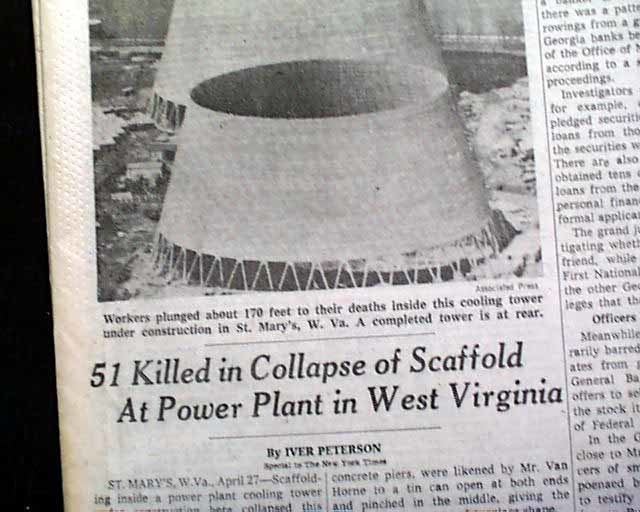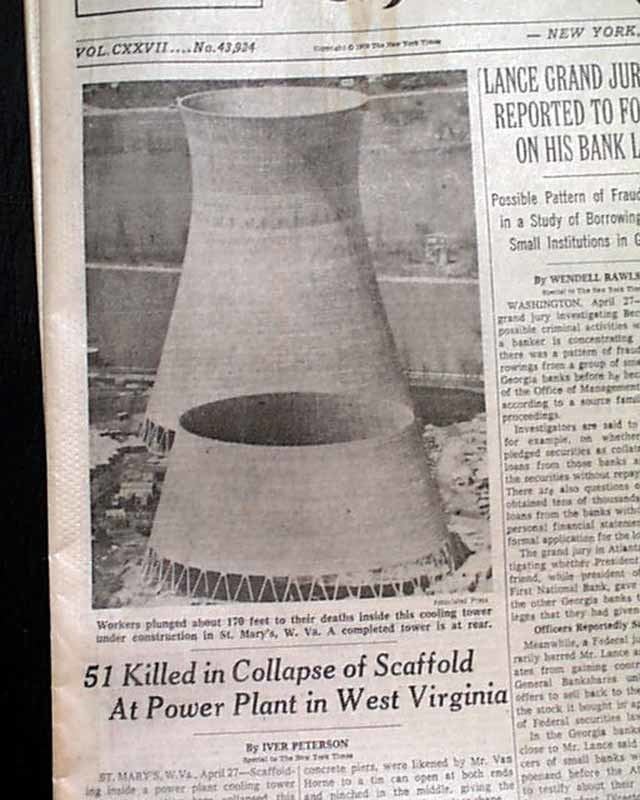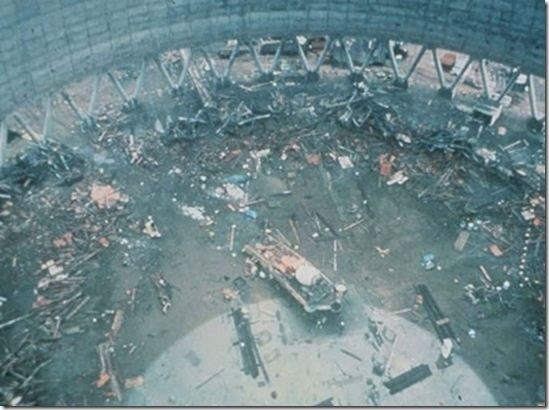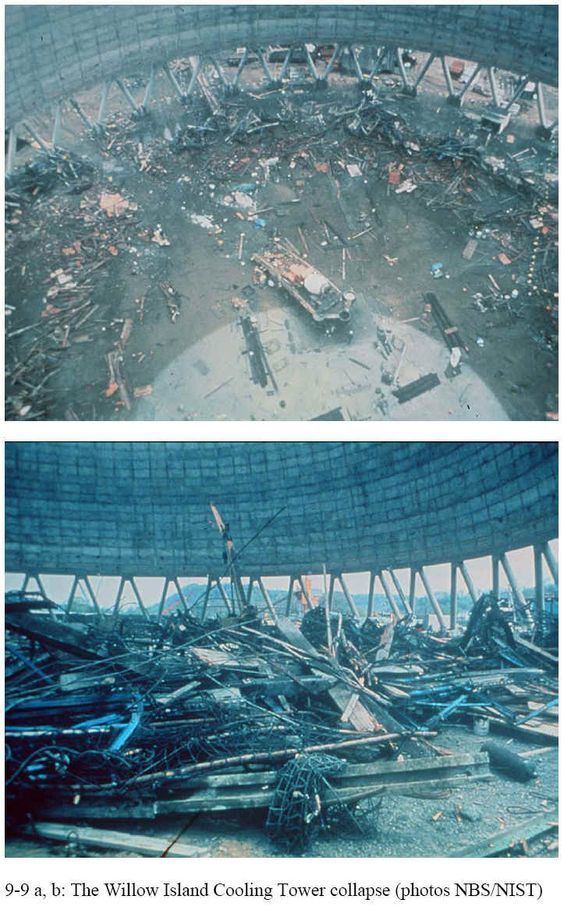Date 27 April 1978 | ||
 | ||
Result 51 construction workers killed Cause Scaffolding collapse due to falling concrete Similar Hawks Nest Tunnel di, Phillips disaster of 1989, PEPCON disaster, Buffalo Creek flood, Hyatt Regency walkway | ||
My dad willow island disaster
The Willow Island disaster was the collapse of a cooling tower under construction at the Pleasants Power Station at Willow Island, West Virginia, on April 27, 1978. Falling concrete caused scaffolding to collapse, killing 51 construction workers. It is thought to be the deadliest construction accident in U.S. history.
Contents
- My dad willow island disaster
- Background
- The scaffolding
- Tragedy
- Rescue efforts
- Investigation
- Other cooling tower collapses
- References

Background

During the 1970s, many coal-powered power plants were being built in the valley along the Ohio River. The Allegheny Power System was building another, larger plant at Willow Island, which would have two electric generators with a total capacity of 1,300 megawatts. This was in addition to the two smaller units that were already installed there.

By April 1978, one natural draft cooling tower had been built, and a second was under construction. One of the contractors, New Jersey-based Research-Cottrell, was well known for constructing such towers around the country.
The scaffolding

The usual method of scaffold construction has the base of the scaffold built on the ground, with the top being built higher to keep up with the height of the tower.
The scaffolding on the Willow Island cooling tower was bolted to the structure it was being used to build. A layer of concrete was poured; then, after the concrete forms were removed, the scaffolding was raised and bolted onto the new section. Cranes atop the scaffolding raised buckets of concrete. One 5-foot lift of concrete was poured each day.
Tragedy

On April 27, 1978, tower number 2 had reached a height of 166 feet (51 m). Just after 10:00 a.m., as the third bucket of concrete was being raised, the cable hoisting the bucket slackened, and the crane pulling it up fell toward the inside of the tower. The previous day's concrete then started to collapse. Concrete began to unwrap from the top of the tower, first peeling counter-clockwise, then in both directions. A jumble of concrete, wooden forms, and metal scaffolding fell into the hollow center of the tower. All fifty-one construction workers on the scaffold fell to their deaths.
Rescue efforts

Immediately following the collapse, other construction workers onsite immediately began digging for their coworkers. Fire departments from Belmont, Parkersburg, Vienna, and St. Marys in West Virginia, and Marietta in Ohio, were called in. Ambulances from Parkersburg and Marietta hospitals were also dispatched.
The Volunteer Fire Department in Belmont was turned into a temporary morgue. Many of the men were only able to be identified by the contents of their pockets. All but one worker were identified by co-workers.
Investigation
The Occupational Safety and Health Administration (OSHA) investigation team arrived at the site the day of the accident. A team from the National Bureau of Standards (now called the National Institute of Standards and Technology) arrived two days later.
A number of safety lapses caused the collapse:
On June 8, 1978, OSHA cited Willow Island contractors for 20 violations, including failures to field test concrete and anchor the scaffold system properly. The cases were settled for $85,500, or about $1,700 per worker killed. OSHA referred the case to the United States Department of Justice for criminal investigation. A grand jury was convened, but no charges were filed.
